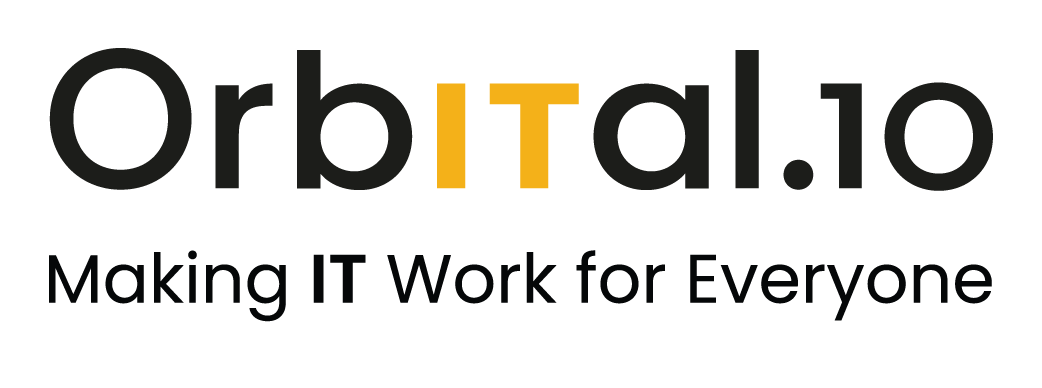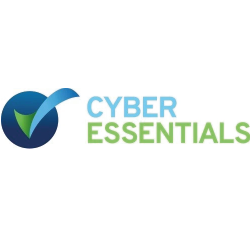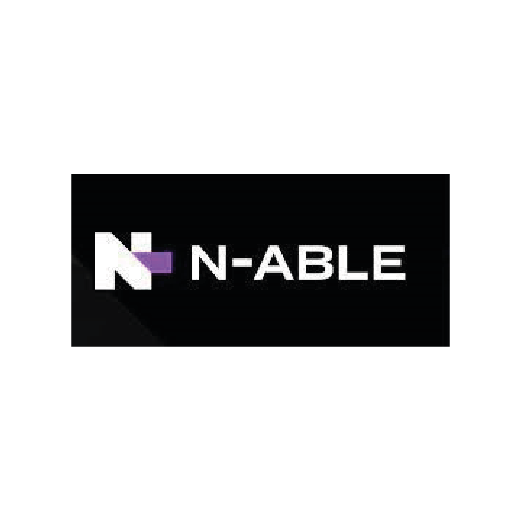Modernising your technology. Where on earth do you start?
Technology plays a pivotal role in driving efficiency, productivity, and competitiveness. For small businesses, workforce technology modernisation is both an opportunity and a challenge.
Embracing modern technology can empower small businesses. It can help them thrive in a digital era, yet many of them don’t keep up with modernisation. For example, over 30% of small businesses haven’t upgraded systems in 4+ years.
Some of the reasons SMBs don’t upgrade their tech include:
- Limited funding
- Unsure how to modernise technology
- Stuck in the “old way is fine” mentality
The benefits of upgrading technology are many. One study found the following. That 45% of businesses modernising tech saw improved ROI for IT investments. Other important benefits include improved employee retention and decreased cybersecurity risk. Not to mention the productivity and time-saving advantages.
Is your small business looking to modernise its workforce technology?
Here are some steps to get you started.
Assess Your Current Technology Landscape
The first step in any technology modernisation initiative is to conduct an assessment. You need to fully understand your current technological infrastructure, and identify existing strengths and weaknesses as well as outdated systems and areas where technology could enhance business processes.
Understanding your starting point is crucial. It helps in developing a targeted and effective modernisation strategy.
Align Technology Goals with Business Objectives
Technology should not be an isolated component, it should be a strategic enabler aligned with your business goals. Clearly define how technology can support and enhance your business objectives, whether it's improving customer engagement or streamlining internal processes and expanding market reach.
Ensure that your technology modernisation efforts align with your overarching business vision.
Focus on Cloud Adoption
The cloud has emerged as a game-changer for businesses of all sizes. Embracing cloud technologies can offer small businesses several benefits, including scalability, flexibility, and cost-effectiveness.
Consider migrating key applications and data to cloud platforms. This can enhance accessibility, collaboration, and data security. Cloud solutions can also simplify software updates and maintenance, which frees up resources for other strategic initiatives.
Invest in Collaborative Tools
Effective communication and collaboration are essential for small businesses. Invest in collaborative tools and platforms as these ease seamless interaction among team members, regardless of their physical location. Examples are video conferencing, project management, and document-sharing tools.
These tools can enhance teamwork and productivity, which fosters a cohesive work environment even in remote or hybrid setups.
Look at Cybersecurity Measures
There is an increasing prevalence of cyber threats, so cybersecurity should be a top priority for small businesses undergoing technology modernisation. Put in place robust cybersecurity measures, focussing on protecting sensitive data and customer information as well as your critical business assets.
Cybersecurity measures include:
- Firewalls
- Antivirus software
- Email security
- Regular security updates
- Threat identification & response
- Secure remote working
Embrace Mobile-Friendly Solutions
In a world where mobility is paramount, adopting mobile-friendly solutions is key. Ensure that you've optimised business applications and platforms for mobile use as this allows employees to work efficiently from various devices, which enhances flexibility. It also accommodates the evolving expectations of the workforce - employees value the ability to work on the go.
Look at Remote Work Options
The global shift towards remote work has accelerated, so small businesses should prepare to embrace flexible work arrangements. Modernise your technology infrastructure to support remote work options. These provide employees with the tools and connectivity they need, as well as helping them maintain productivity outside of the traditional office environment.
Consider Automation for Efficiency
Automation can significantly improve operational efficiency for small businesses. Identify repetitive, time-consuming tasks as these can often be automated to streamline workflows. Look at things like customer service chatbots and automated invoicing systems. Embracing automation can free up valuable human resources, as well as reduce the risk of errors in routine tasks.
Provide Ongoing Training and Support
Introducing new technologies requires a commitment to ongoing training and support for your workforce. Ensure that employees have the necessary skills to leverage the new tools effectively. This may involve providing training sessions ass well as creating user-friendly guides and offering a support system to address any issues that may arise during the transition.
Watch and Adapt to Evolving Technologies
Technology is a dynamic field. Staying ahead requires a commitment to watching and adapting to emerging trends. Regularly assess the technology landscape. Work with your IT provider who will help you identify new solutions that could benefit your business. A proactive approach to staying current ensures your small business remains competitive.
Need Help Upgrading Your Workforce Technology?
Workforce technology modernisation is not a one-size-fits-all endeavour. It's a strategic journey that requires careful planning, as well as alignment with business objectives. By embracing these practical strategies, small businesses can leverage technology and use it to enhance their operational capabilities. They also position themselves for sustained success in the digital age.
Need help with workforce technology modernisation? Give us a call >
Article used with permission from The Technology Press.



























